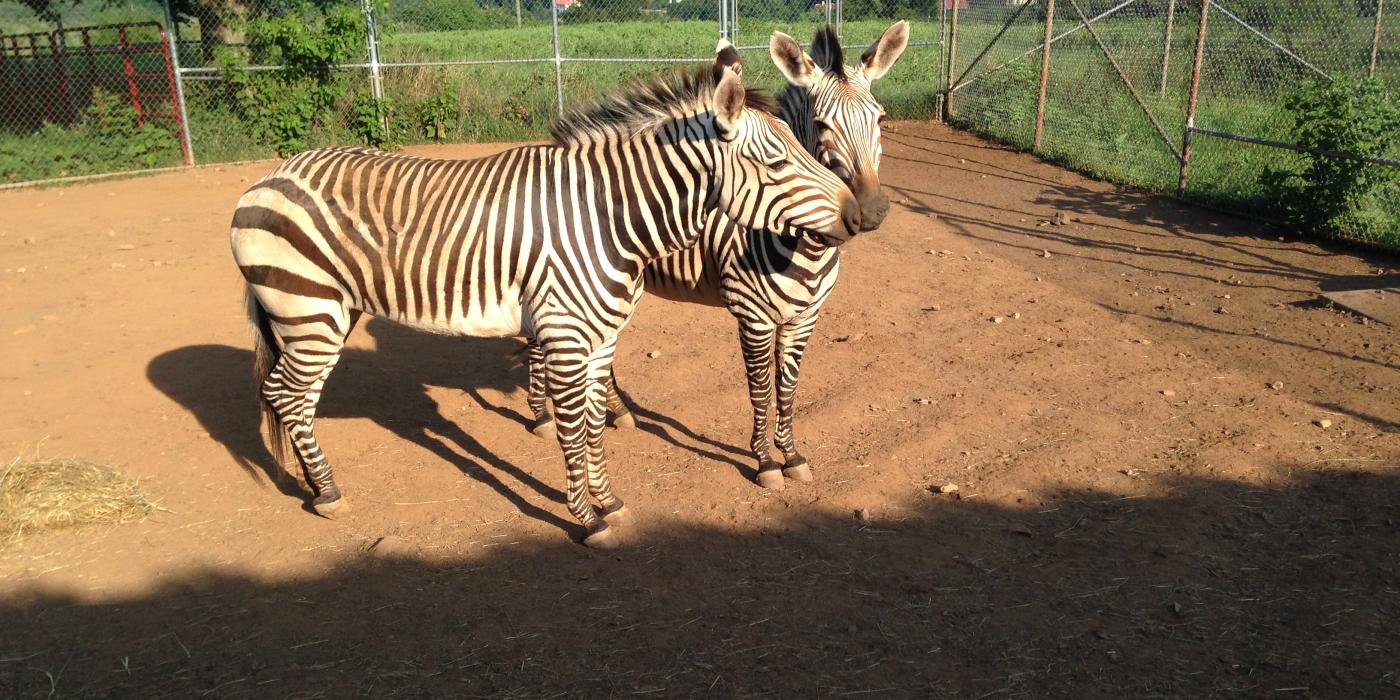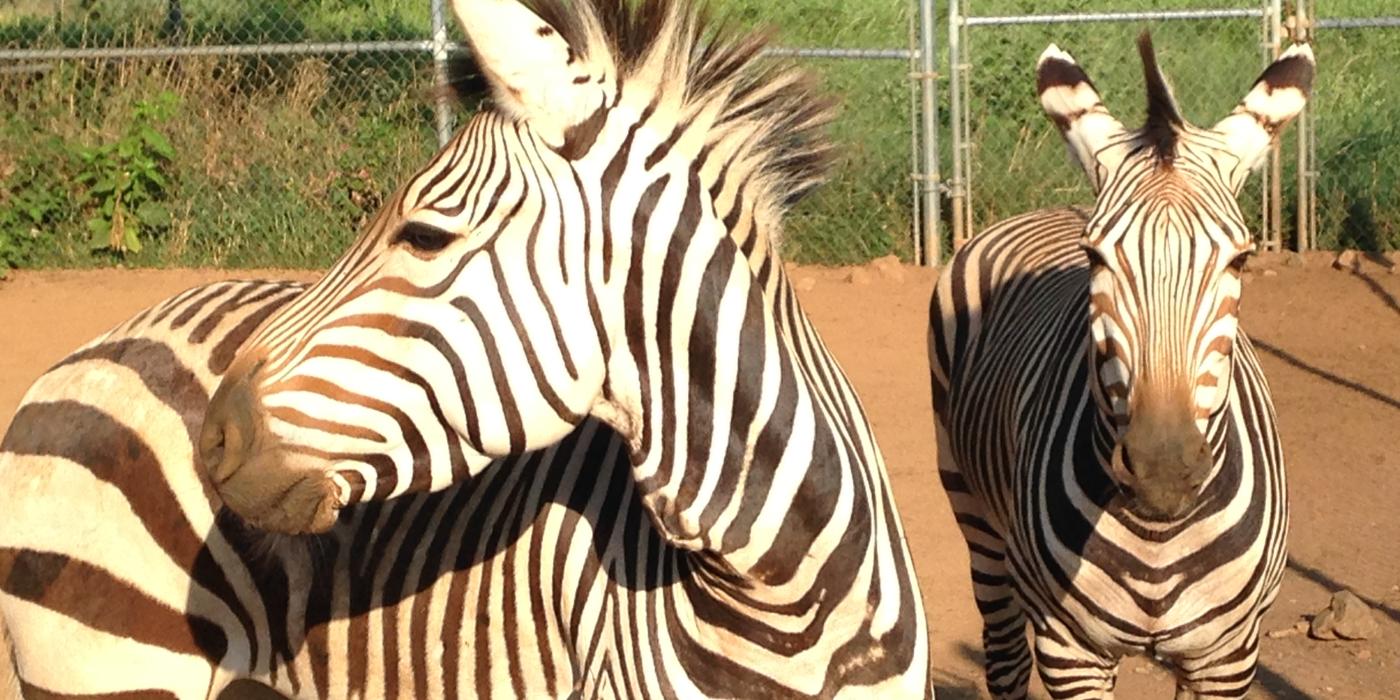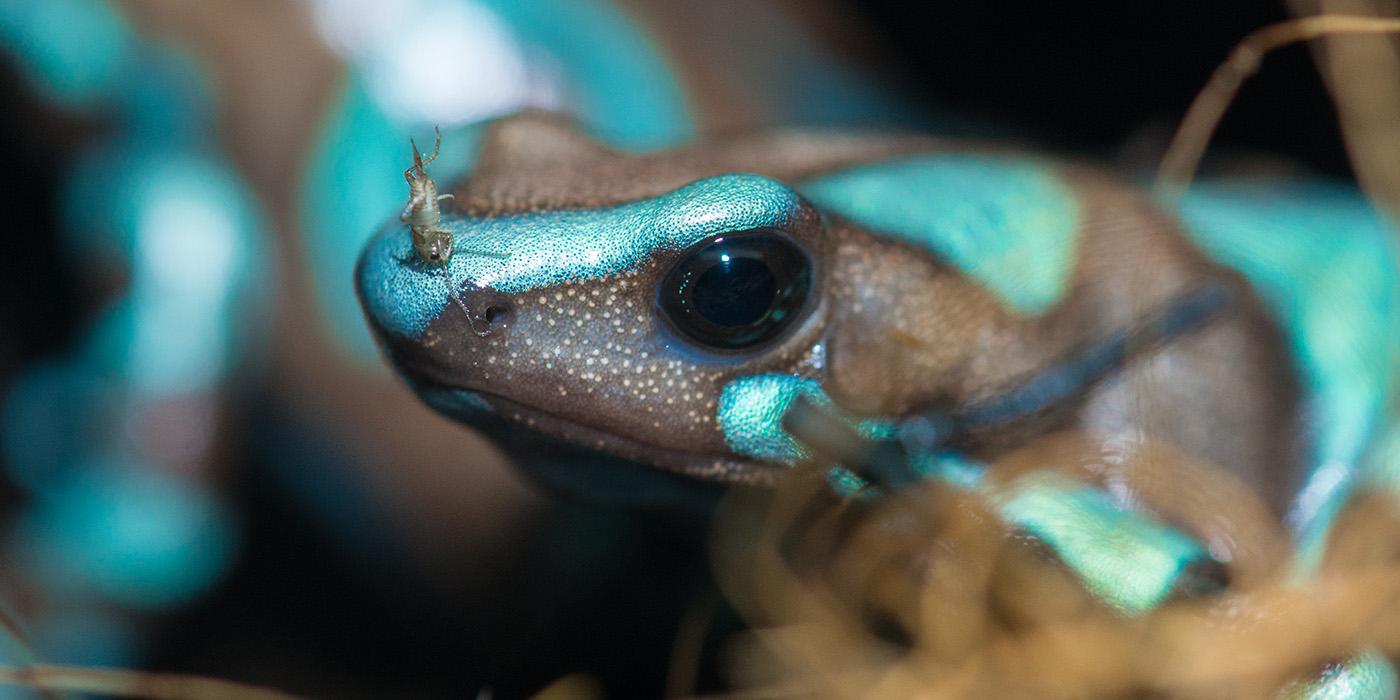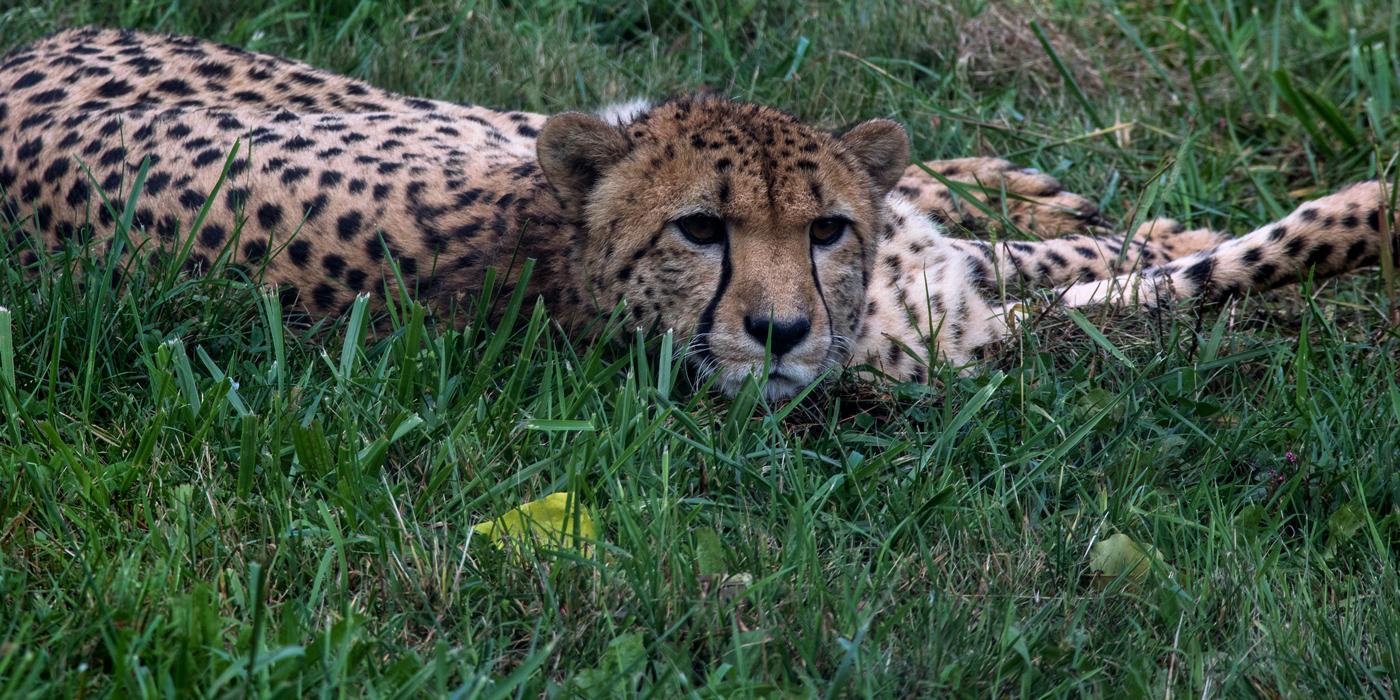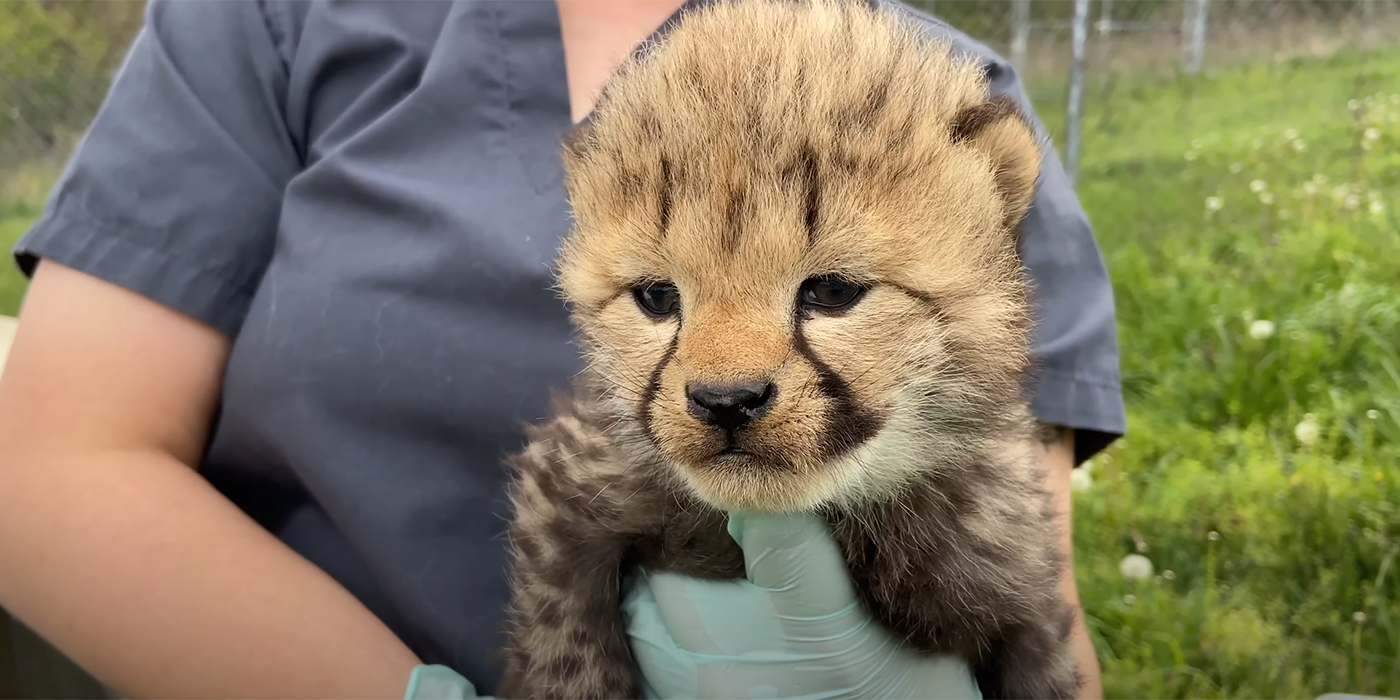When is a Hartmann's Mountain Zebra Ready for Motherhood?
For the first time in more than 15 years, zebras are grazing the fields at the Smithsonian Conservation Biology Institute (SCBI) in Front Royal, Va. In the next year, scientists will work to gain an understanding of zebra biology and develop artificial insemination techniques that will help ensure a genetically diverse population. This update was written by keeper Dolores Reed.
What does it take to make a Hartmann’s mountain zebra foal or filly? SCBI keepers and scientists are hoping our new residents will help them answer that very question.
Females Yvonne and Xolani and male Raylan arrived at SCBI last summer. Our researchers will be studying the animals to develop assisted reproduction techniques. Keepers will also be studying the zebra’s hoof health. Before the conservation efforts begin, keepers are getting to know the animals’ personality quirks, likes and dislikes so that they can best care for them.
Females Yvonne and Xolani share an enclosure and get along quite well with each other. While both can be a bit nervous around people, Yvonne is clearly the more dominant of the two. She’s also a bit impatient; if she sees a keeper carrying her food bucket, she will huff and snort until she is fed. Xolani, on the other hand, tends to follow Yvonne, though occasionally she will try to take the lead.
How do we know when our zebras are ready for motherhood? At this time, not much is known about the reproduction of this species. To help us get to the bottom of zebra reproduction, our endocrine lab is looking at the clues in their feces and urine. The lab can trace the hormones in the animals’ excrement and urine—including the hormones that appear during estrus. As the zebras settle in to their first year at SCBI, we’ll track and chart their hormones to get a better idea of when they’re cycling and ready to breed.
In the meantime, keepers have started training sessions with Yvonne and Xolani. At SCBI, keepers use positive reinforcement training when asking an animal to do a task; if the animal does the task, they receive a food reward. They can also walk away if they don’t feel like participating. Several times a week, keepers will ask the female zebras to walk though a device called a “hydraulic restraint device.” These devices are used for a variety of hoofstock medical procedures, including artificial inseminations. These training sessions do more than help build trust between the keepers and the zebras. Zebras are neophobic (afraid of new things), so slowly introducing them to new objects in their environment—including the restraint device—helps reduce their stress.
As for Raylan, his personality is a bit low-key and can be difficult to read sometimes. He appears to be very interested in his surroundings and really seems to enjoy interacting with keepers and his neighbors through the fence. At his former home, he shared an exhibit with antelope, gazelles, giraffes, cranes, storks, and ostriches. Here, his neighbors are scimitar-horned oryx, Dama gazelle, Persian onagers, and Przewalski’s horses. When our male scimitar-horned oryx was moved to another enclosure for breeding, we gave Raylan access to his yard. He let out an excited squeal and went running into the yard, bucking and carrying on. It was very endearing to see how excited he was to have new space to investigate and explore.
We have decades of experience working with ungulates, and we're looking forward to learning everything we can about the Hartmann's mountain zebra and then putting that information into action for the species.

